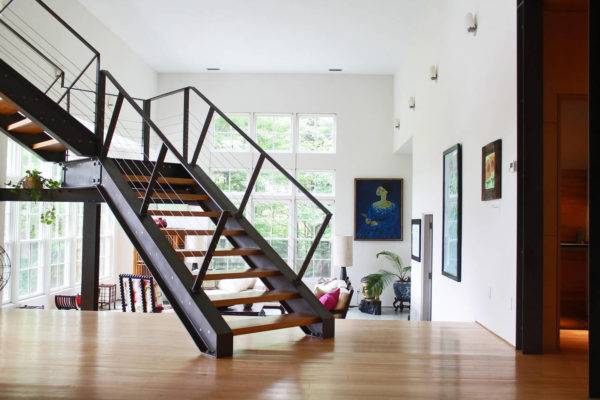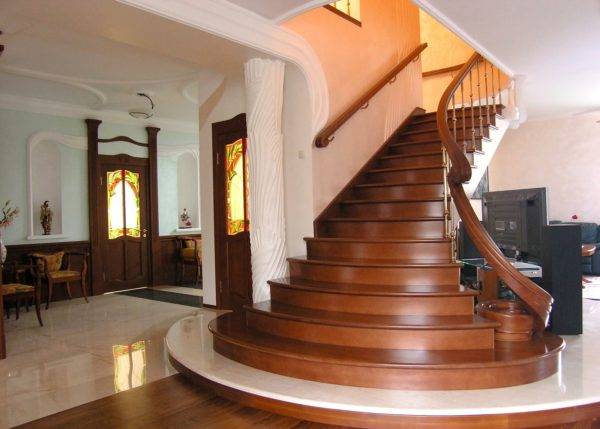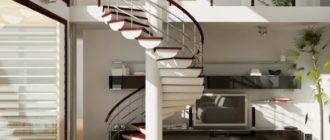A staircase is an indispensable element of any multi-storey building. Both in terms of functionality and decorative and aesthetic purposes. In order for it to serve faithfully for more than one year, you should carefully approach the combination of materials and installation technology. The type of support structure plays a significant role in this.
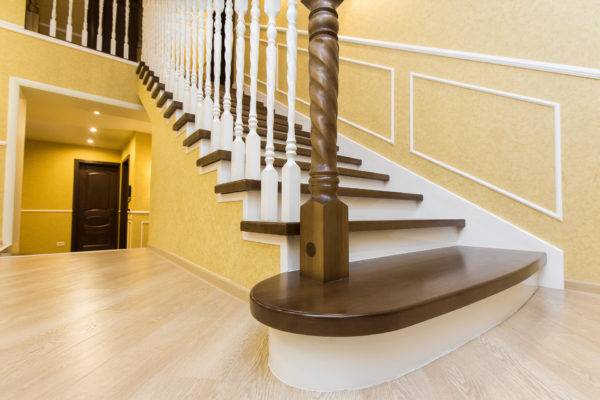
There are several basic types of support structures. First of all, these are bowstrings, stringers and channels.
Supporting structures and their main differences
In order not to get confused in terms in the future, it is worthwhile to immediately dwell in a little more detail on each of the types of support structures and determine their differences. And these differences lie in the materials used and the type of fastening of the steps.
The bowstring implies fastening the steps to the internal grooves of the supporting structure. With this assembly, a classic closed staircase is obtained. Bowstring stairs are usually installed in large and spacious rooms, giving them a sense of coziness and comfort.
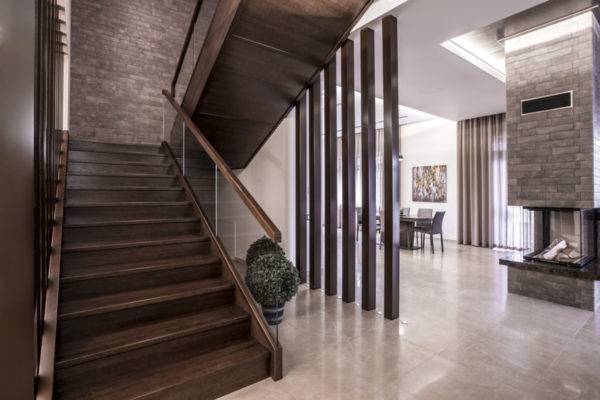
The main difference between the kosour is that the steps (and, if necessary, risers) are attached to the support on special projections - a comb. Most often you can find stairs on two kosoura, less often - on one or three. The number of stringers helps to evenly distribute the load on the steps and prevents them from deforming on very wide stairs.
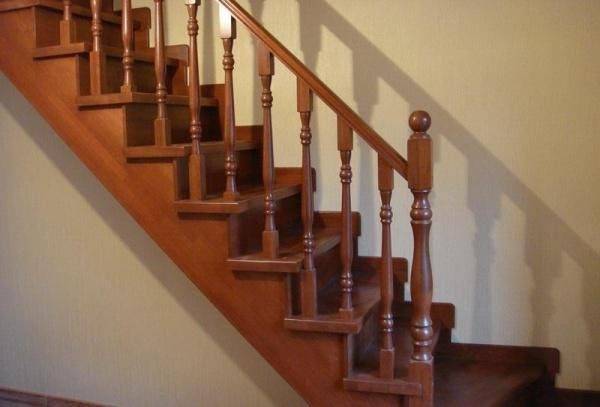
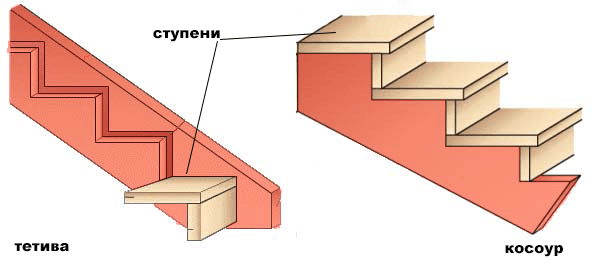
Channel - U-shaped metal structure, which is widely used in the construction of stairs. It can be the basis for a welded structure with corners, on which the steps of the stairs are then installed.
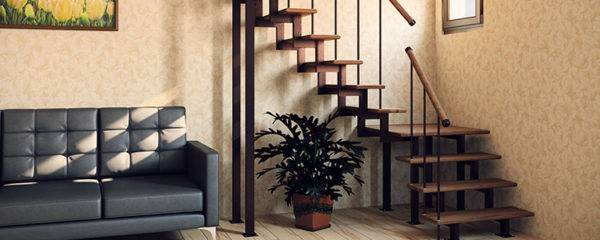
The channel can also be used as a direct supporting structure. In this case, small supports are additionally attached to it for installing steps - "filly".

Such ladders are much more compact and can withstand significant loads.
Which stairs are better - on wooden stringers or channels
There is no definite answer to this question. It all depends on the architectural plan of the room, the presence or absence of free space and on the reliability requirements for the stairs.
Advantages of stairs on wooden stringers:
- fit almost any interior, create additional "warmth" and coziness;
- relatively light (but withstand less load);
- easy to assemble and operate.
Advantages of ladders on channels:
- withstand significant loads and temperature differences (but they themselves create a large load due to their own weight of the structure);
- when using a special primer, they can be well protected from moisture, do not deform;
- can be incredibly compact. When using a single supporting channel, they create the feeling that the staircase is literally floating in the air.
However, in modern interiors there is also a place for non-standard solutions that combine the strength of metal structures and the aesthetic appeal of wood. While connoisseurs will always choose the classics and rich appearance of wood.
